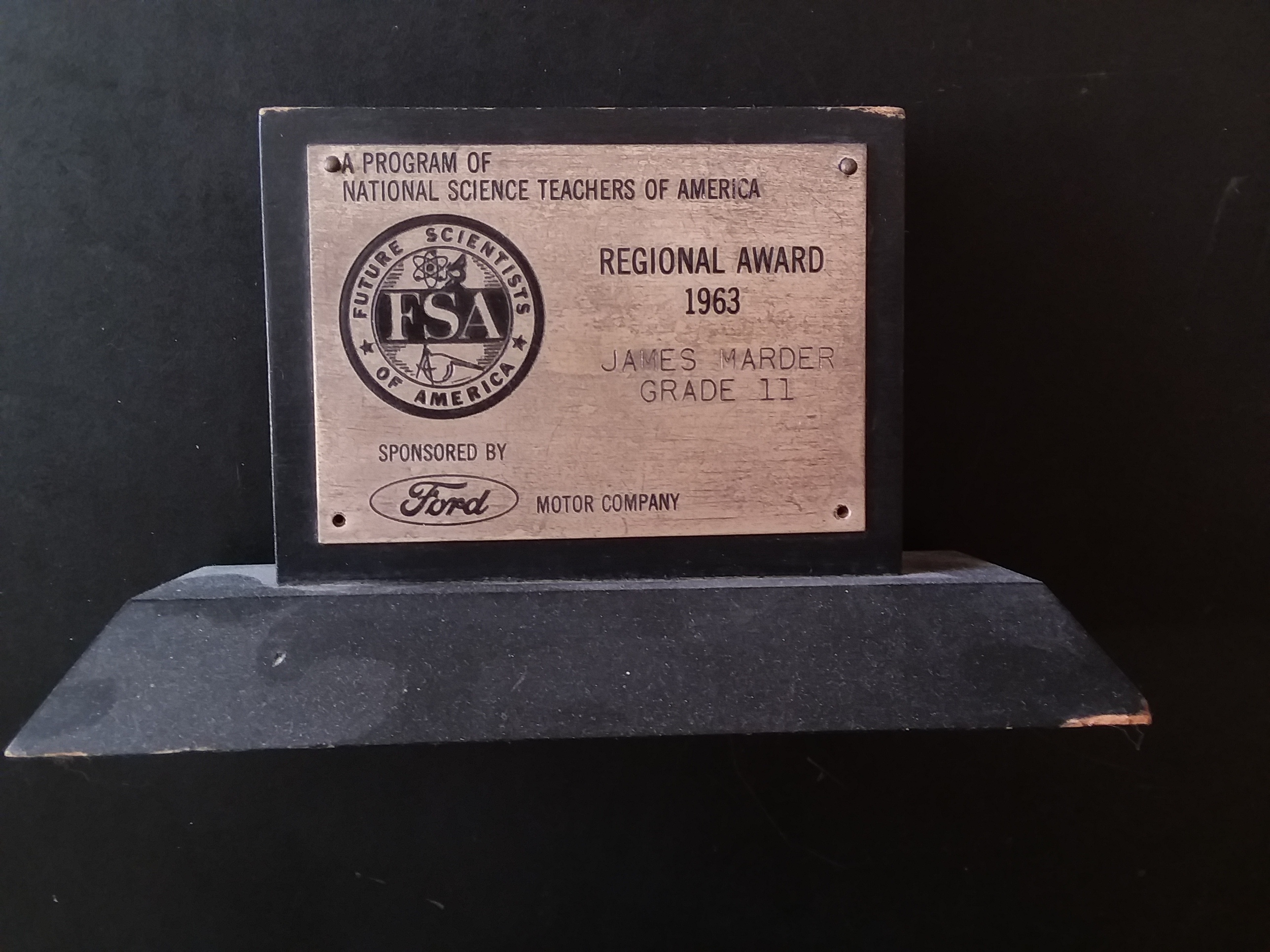Alum James Marder (’68) discusses beryllium, why you should attend your 50th college reunion, and more
When NASA’s James Webb Space Telescope (JWST) was launched on December 24, 2021, its 21-foot primary mirror—the largest ever sent to space—was folded into three parts and stowed in the rocket nose cone. On January 7, the telescope team began working remotely to unfold the mirror’s 18 hexagonal segments, and the spectacle was inspiring: each piece glimmered in a way that would not be out of place in an upscale jewelry store.

The hexagons are, however, merely gold-plated, according to James Marder, who earned his bachelor’s degree in Metallurgical Engineering in 1968 from what was then fondly known as Brooklyn Poly. “They’re actually made from beryllium, an element that’s found within minerals like bertrandite and beryl that formed millions of years ago,” he explains.
Marder, who went on to earn his doctoral degree from Case Western Reserve University in 1981, is exceptionally familiar with beryllium: he was the Director of Technology and Principal Scientist for Beryllium Products at Cleveland-based Brush Wellman when the U.S. Air Force contracted with the company to develop an alloy specifically for space-based mirrors. Brush Wellman used that material to produce the JWST mirrors.
“Placing objects into orbit requires maximizing performance and minimizing weight since the launch cost of each pound is estimated to be $10,000,” Marder explains. “Beryllium is a great choice for several reasons. It’s one-third lighter than aluminum, a big plus in itself. It is also six times stiffer than steel, so it keeps its precise shape before, during, and after launch. When it is cooled to the JWST’s extremely low working temperature, its shape change is small and easily corrected by the on-board actuators. The mirrors will allow astronomers to image the infrared light from extremely distant galaxies, billions of light-years away, and explore every stage of cosmic history, all the way back to when the first stars and galaxies were forming.”
The JWST (a joint effort with the European Space Agency and Canadian Space Agency) represents a vast improvement in sensitivity and resolution over the Hubble, and Marder, a co-author of the 2015 paper “The Evolution of Beryllium Space Telescope Optics,” which appeared in the Journal of the Society for the Advancement of Material and Process Engineering, is proud to have had a role in its development.
He gives some of the credit for his accomplishments to his older brother, Arnold, also a Poly student, who helped him find work and do science projects in the school’s basement-level metallurgy labs while still a high schooler at Erasmus Hall in Flatbush. “I read Arnold’s lab reports, and thought to myself, ‘I can do that,’” Marder recalls.
After Arnold moved on to Bethlehem Steel’s Homer Research Laboratory in Pennsylvania, he continued to find his younger brother lab jobs, and research the younger Marder conducted one summer, while still a Poly undergraduate, earned him his first publication credit.
In addition to Arnold, now a Professor Emeritus of Lehigh University, Marder generously credits his own Poly professors with inspiring and mentoring him. “With the help of several professors, I was lucky enough to be one of three students to win a $400 research grant awarded annually by Curtiss Wright Aircraft,” he recalls, quipping, “That was a lot of money back then.“

During the pandemic, he and his classmates have been meeting on Zoom to reminisce about their professors, compare memories of their time at Poly, and catch up on new developments.
The group kicked off the gatherings after meeting at their Golden Jubilee celebration in 2018, marking the 50-year anniversary of their graduation. “I travelled 500 miles to get back to Brooklyn, but it was worth it,” Marder, who now lives in Ohio, says. “There were not a lot of us Metallurgical Engineering students, and it’s great to stay in touch.”
Marder’s engineering education launched him on the path to a varied and fulfilling career, he asserts, and he’s confident it will do the same for a new generation of students. “My advice is to consider your first job a continuation of your education,” he says. “Take the best one you can find, and if you love it, stay. If you don’t, let it teach you what to look for as you move on.”




